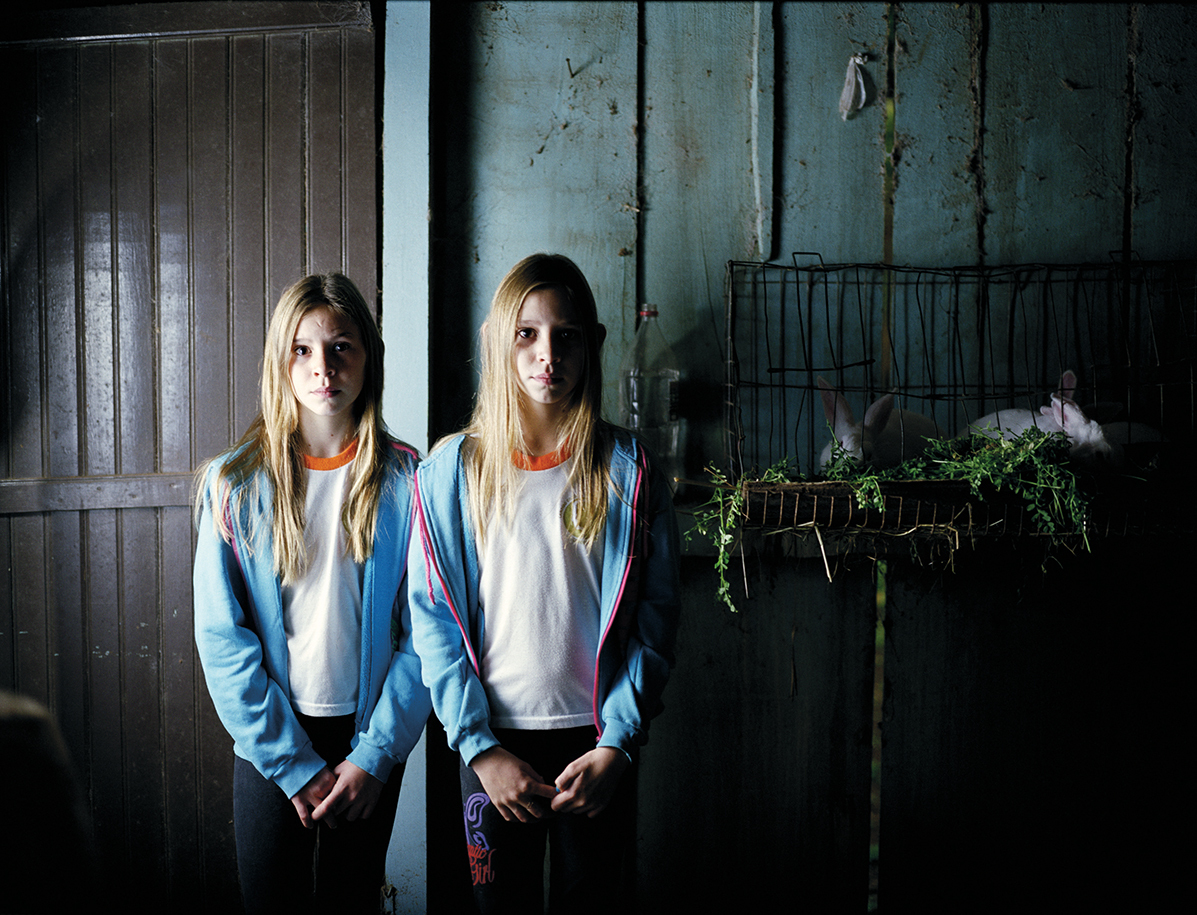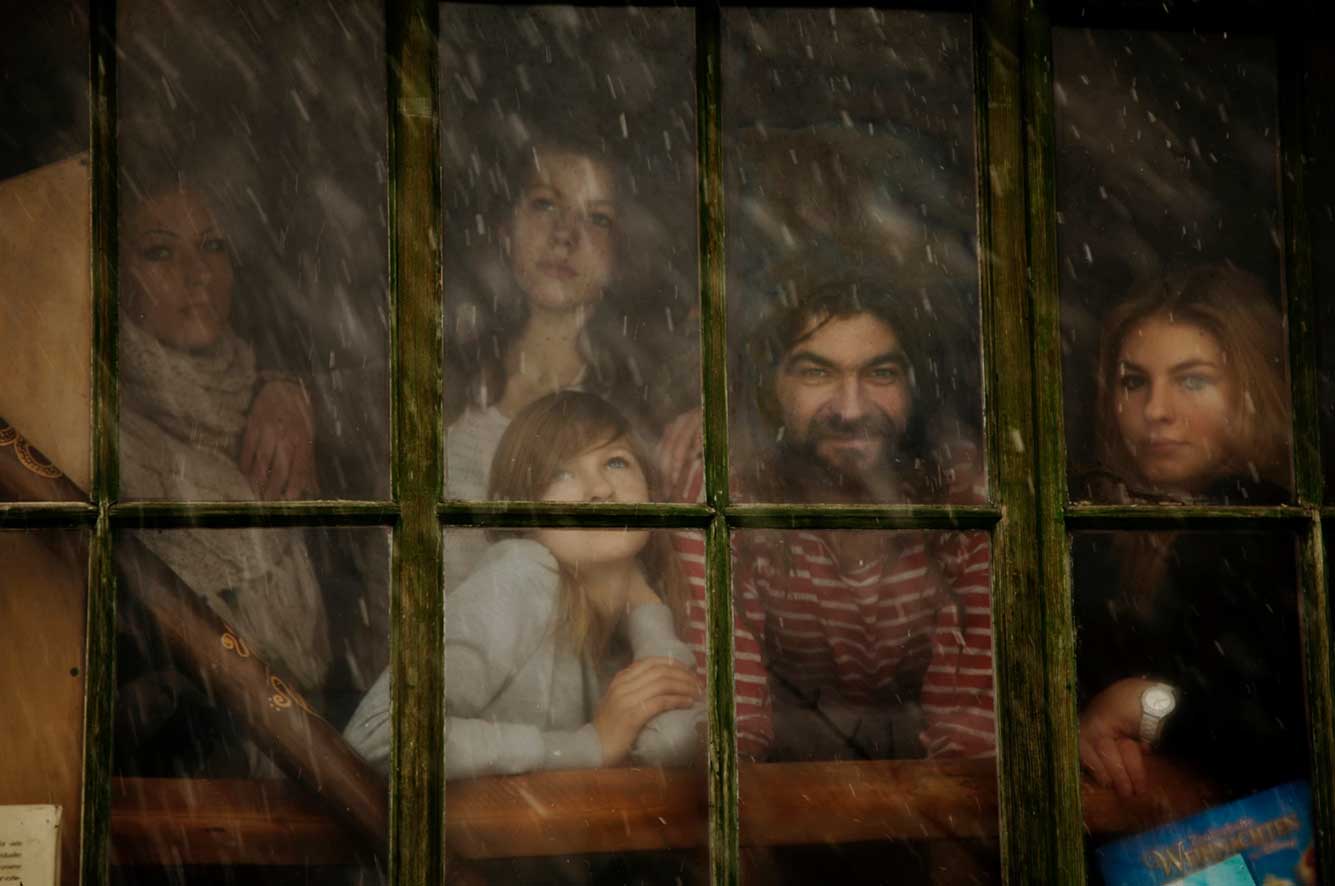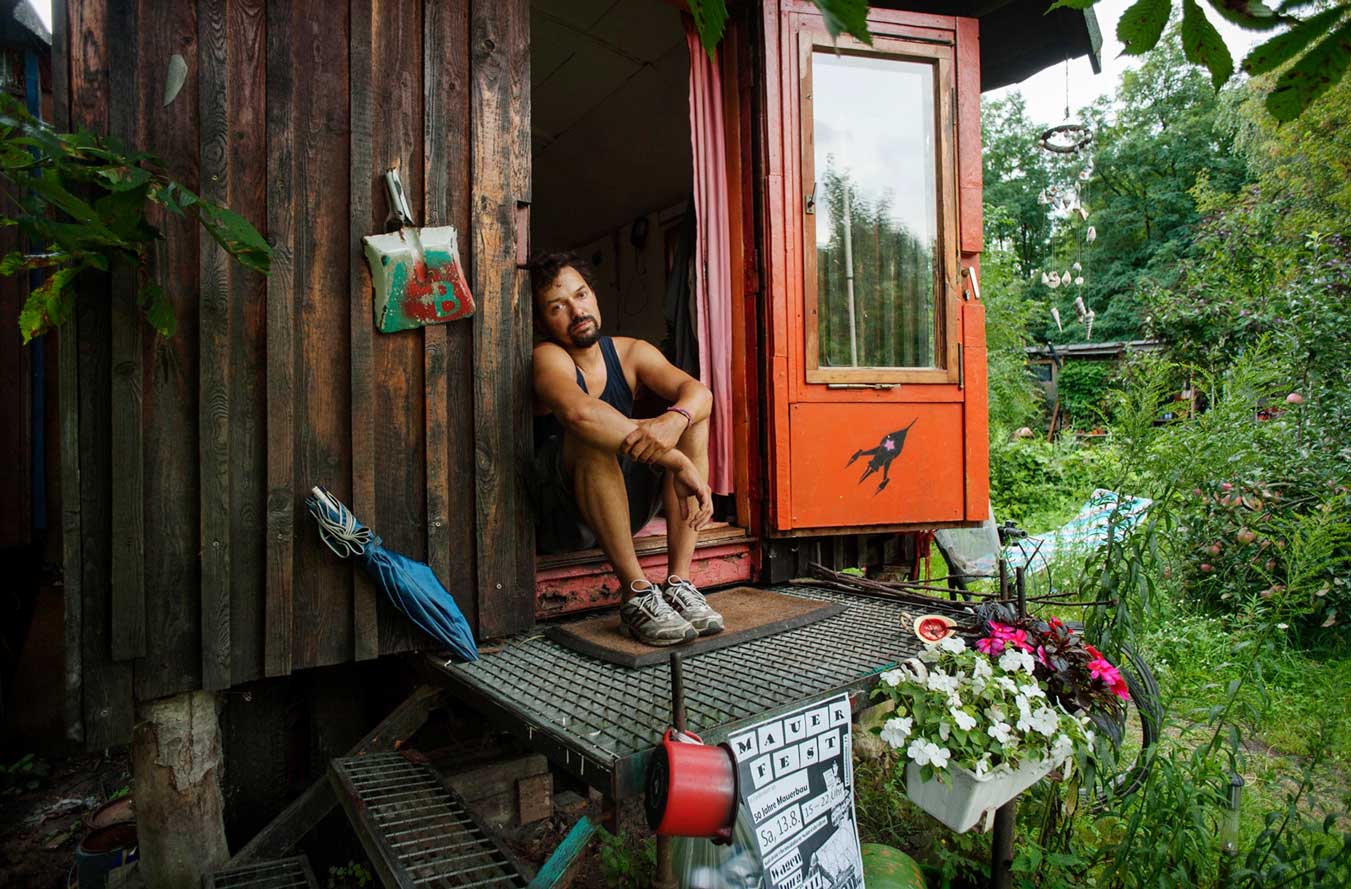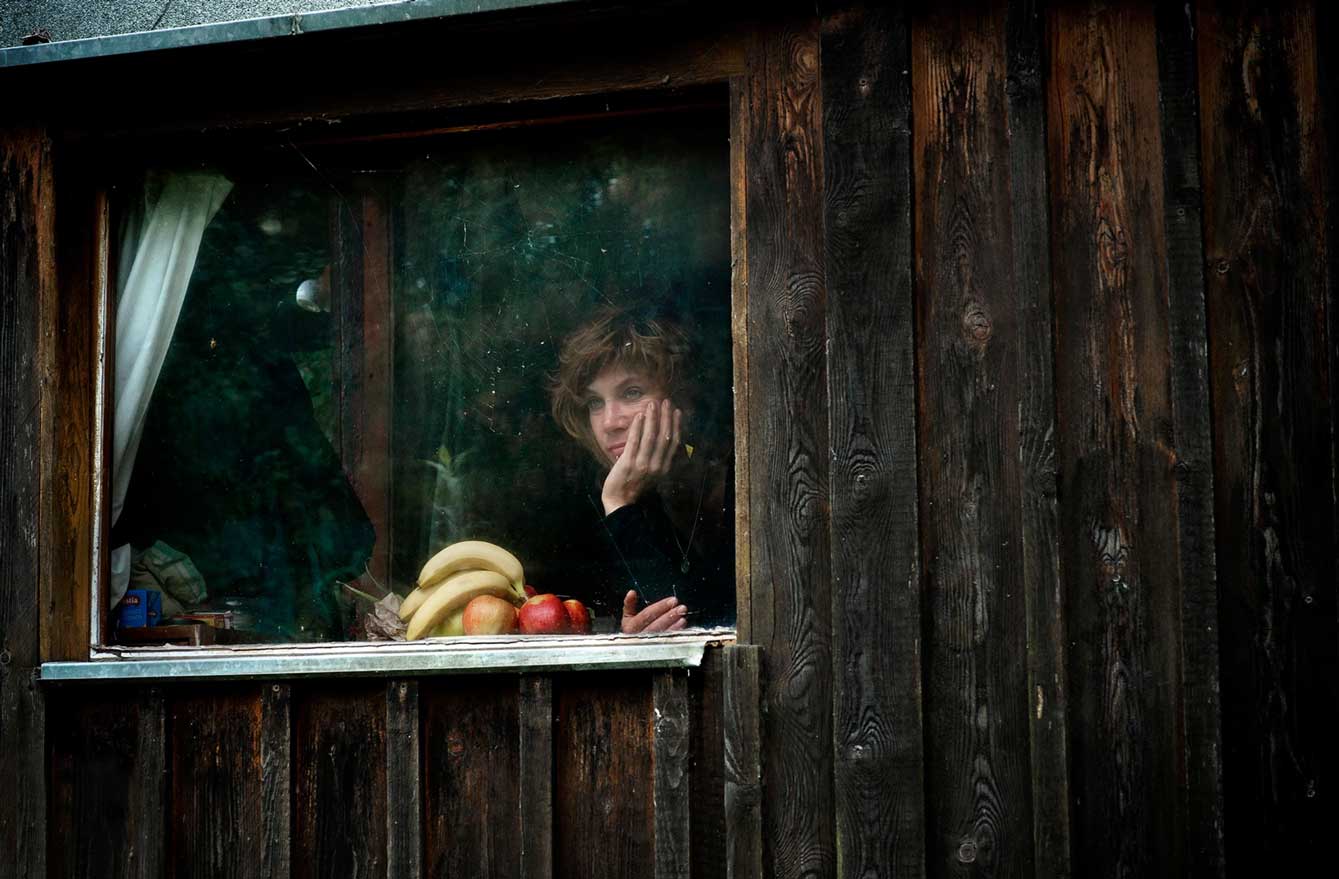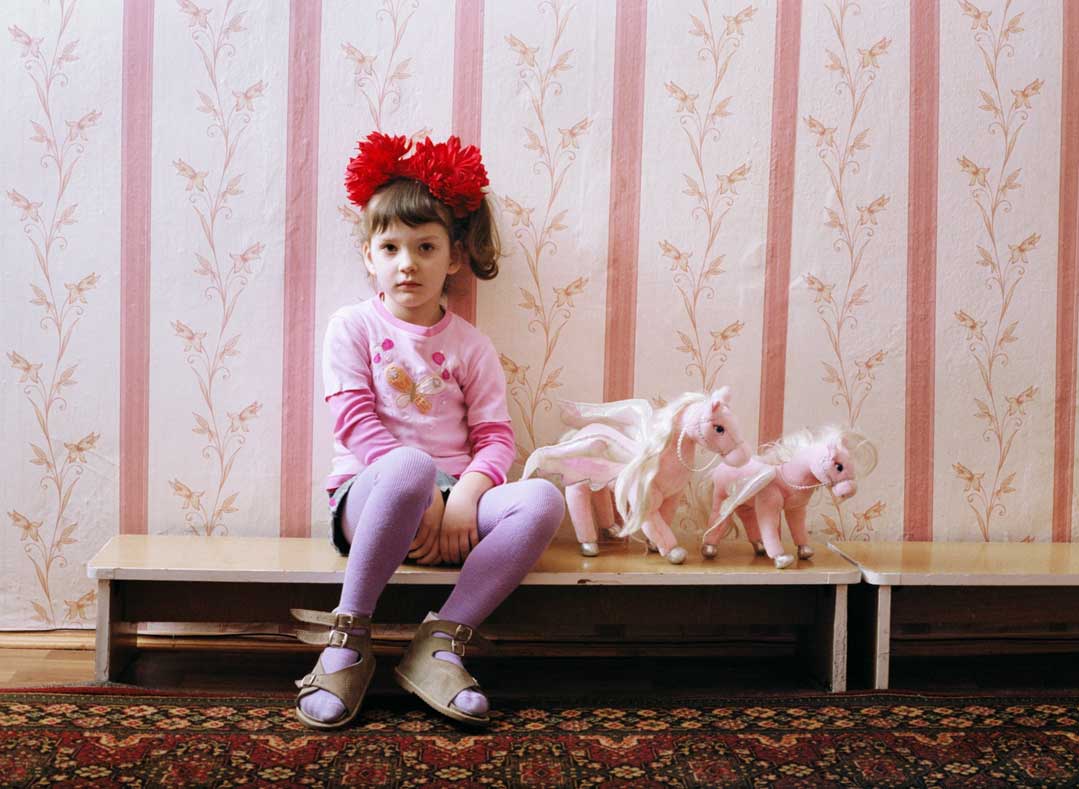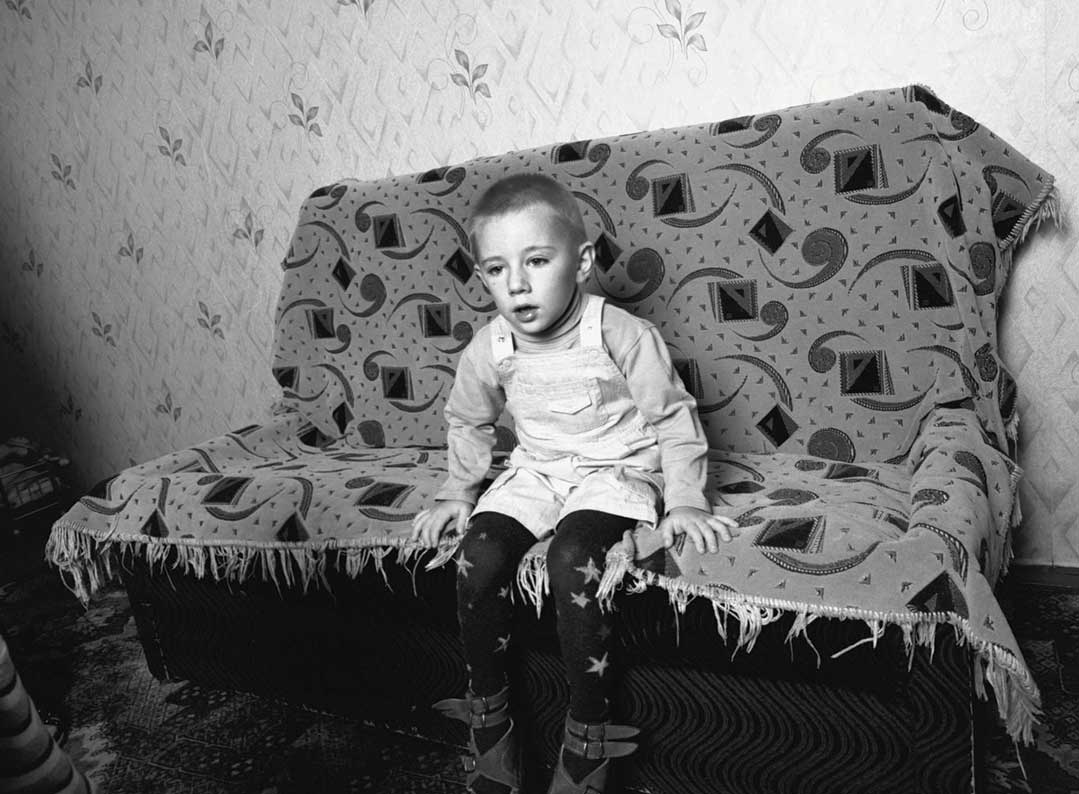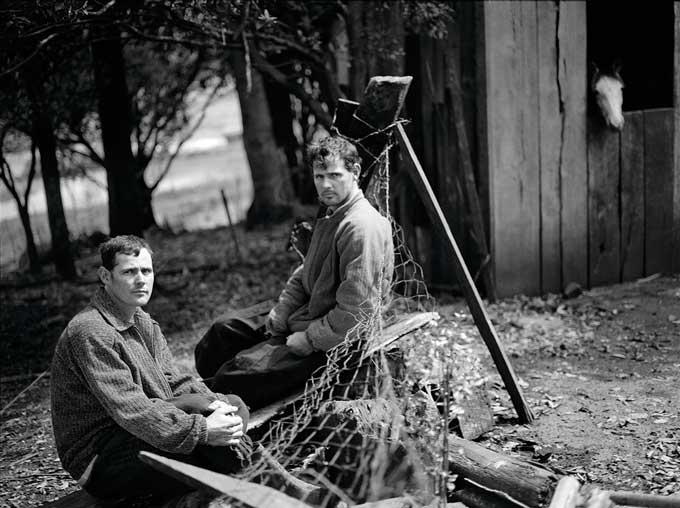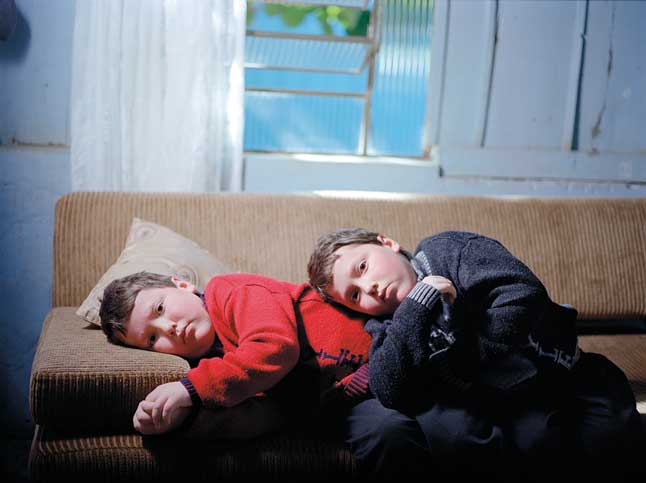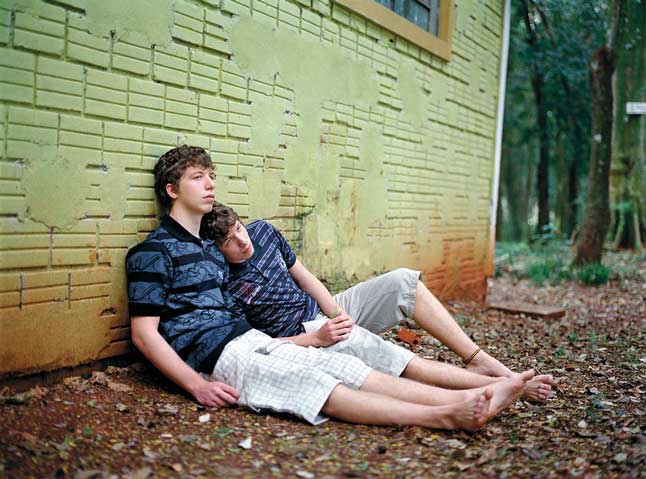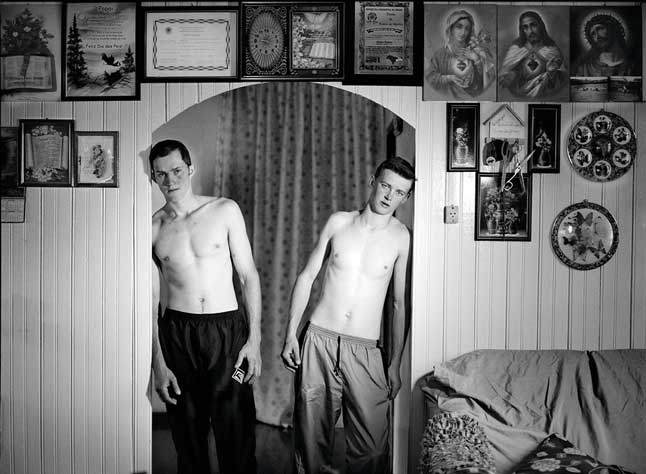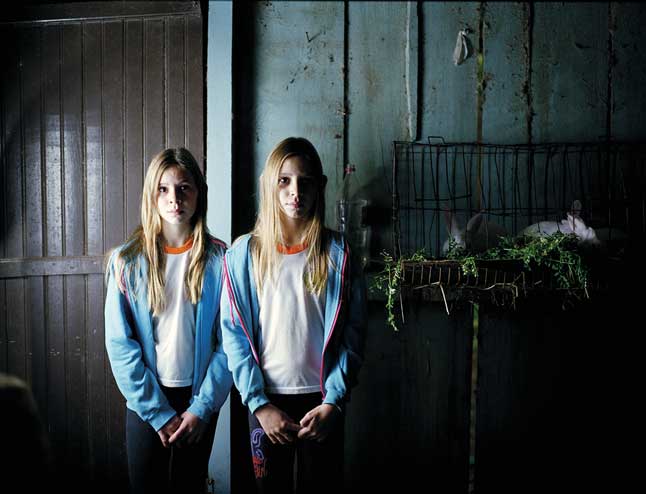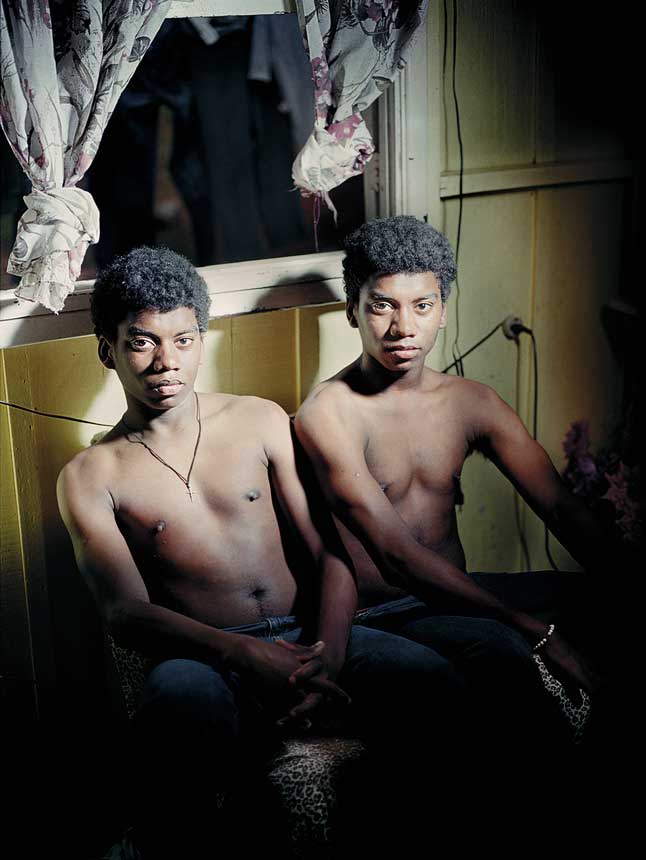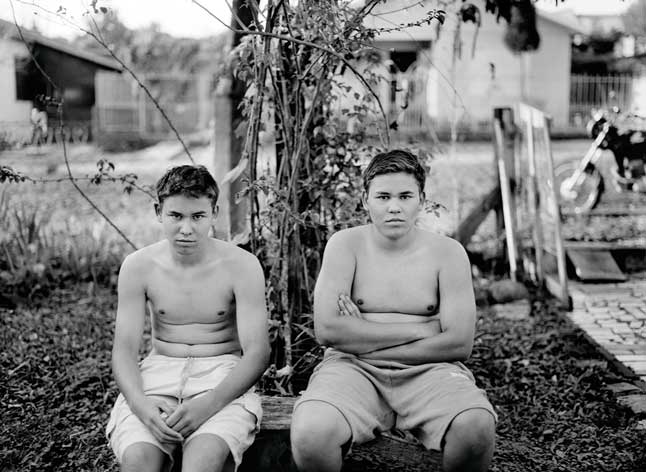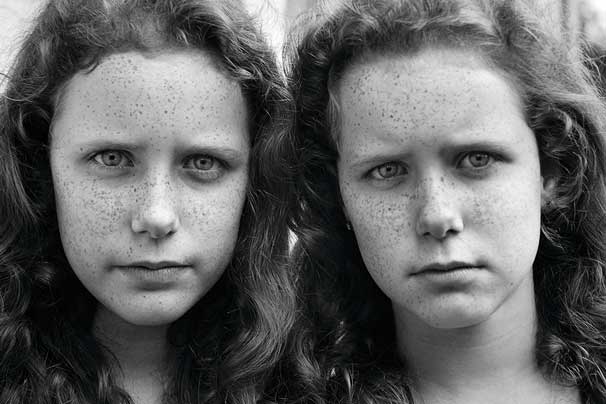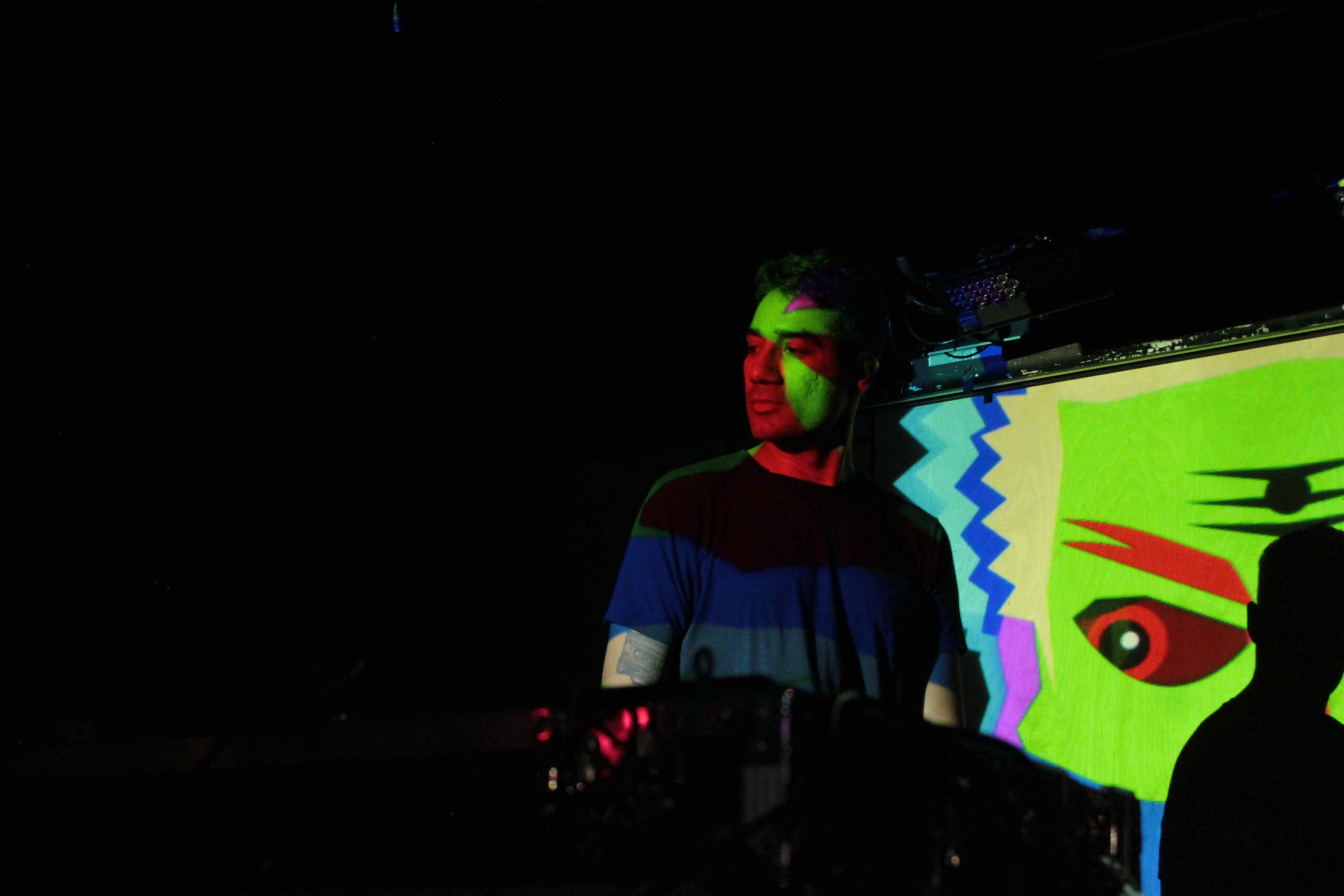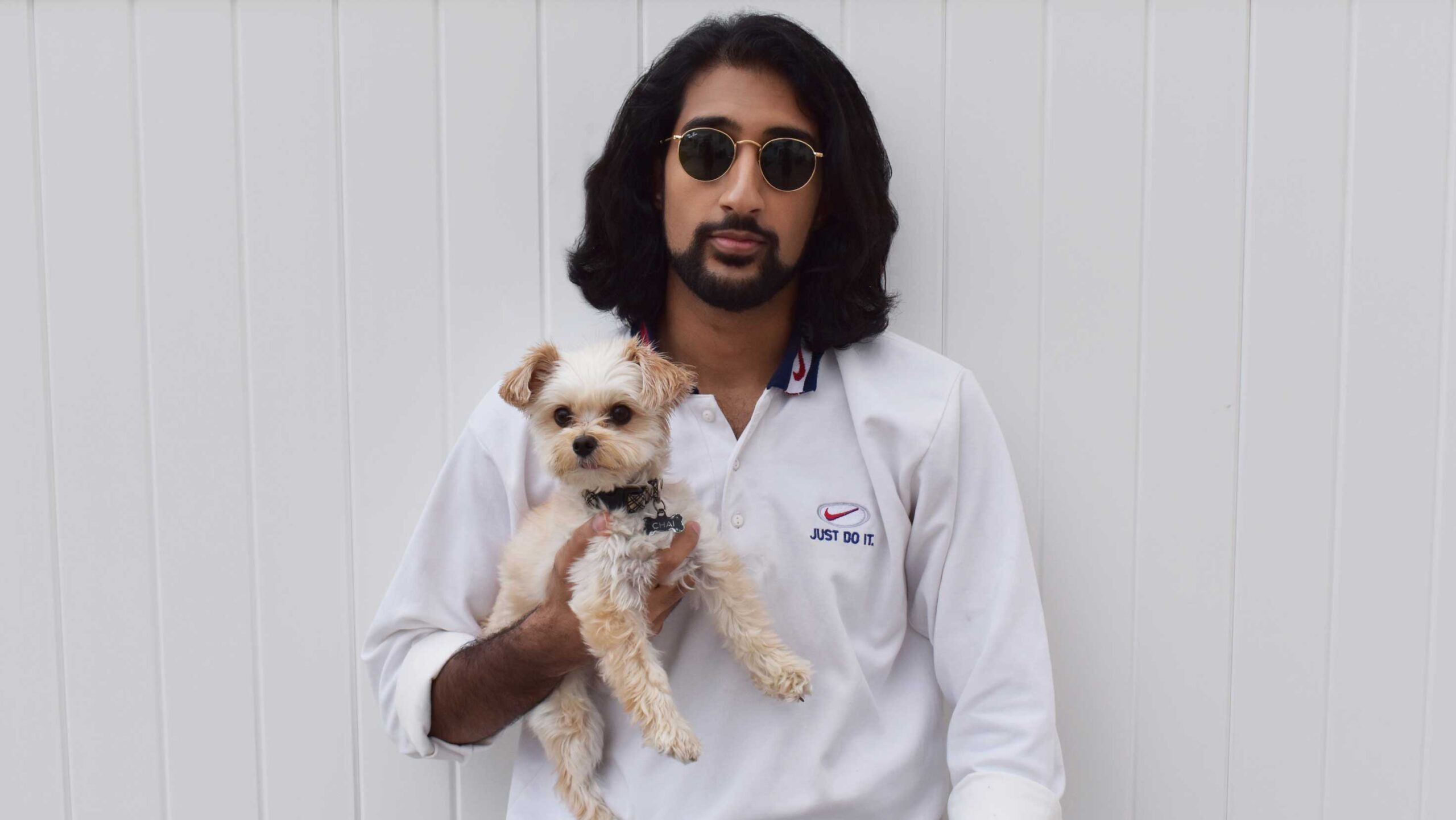Noga Shtainer is a documentary photographer and visual artist currently residing and practicing in Berlin. With more than two decades of photography under her belt, Noga has shown her works in over 40 solo and group exhibitions in Europe, Israel, and the USA. Currently, she is represented by the Podbielski Contemporary Gallery, Milan, and the Hezi Cohen Gallery, Tel Aviv. Born in Israel in 1982, Noga discovered the still camera at the age of 15 and began her first project titled Near Conscious (1997-2009) in which she began documenting her younger sister because she had no other subject available at the time. The divorce of her parents, when she was only nine, had a profound impact on Noga. As she staged intimate moments of her family life for her photographs, she began to realize that as in life, and in photographs, the inner experience is released and a new truth is created. This lead Noga to photograph her sister for the next 12 years, with her first camera: the Mamiya 6×4.5, medium format. Noga loved the process of staging and restaging for her photographs and spending hours in the film developing lab, she would find the entire process extremely cathartic.
Noga’s next couple of projects include photographing inside and outside the comforts and discomforts of their habitats, such as Wagenburg (2011-2014), wherein she documented the people living in trailer parks and the simplicity with which they chose to live in the middle of the city, and Homesick (currently ongoing), where she photographed 12 migrants against the separate flattened photographs of their former homes. Both projects explore themes of finding home, mobility, and identity in the face of multiple geographies, histories, and cultures. Similarly, Home for special children (2008-2009), as the name suggests, are Noga’s multiple portraits of differently-abled children in an austere Eastern European orphanage, through which she explored themes of alienation, cultural etiquettes, differences in language and communication.
Noga’s own strained relationship with her older brother was the inception of Twins: Duo Morality (2009-2010) – she began to photograph multiple twins in Israel and how their dynamic and connection played out in various stages of their life. While not being a twin herself, she felt there would be an interesting “complication” with photographing twins intimately, as they physically look the same but are very different people within. She photographed around 10 twins in Israel, and her search for more subjects took her across the globe to Candido Godoi, Brazil, a small town famous for its twin phenomenon, and photographed over 50 pairs of twins, ranging from 2 to 80 years of age. Discarding her original work from Israel, she began researching about the town and found out that there are numerous conspiracy theories surrounding the twin phenomenon, the most notable one being the result of multiple unethical “twin experiments” of notorious Nazi doctor Josef Mengele. As a Jewish individual whose family survived the Holocaust, this aspect was of integral significance to Noga. She then began going from doorstep to doorstep in the town, meeting different twins and their families and asking their permission to photograph them.
Through her photographs, Noga tried to find the various physical and mental degrees of both separation and similarity, right from the moment of birth where they are practically inseparable, to how their various adolescent experiences shape them, and how they gradually drift apart as they grow up and become older, as well as incorporate the mise-en-scène of Candido Godoi. Life has an impact on the differences between twins, Noga observes. She found that younger pairs of twins looked almost similar, but as they grew older, different lifestyles, tragedies, and birthmarks began to make them more and more dissimilar.
Noga’s work is extremely intimate; at first glance, her photographs may even look haunting, but the story behind each project and her beautiful staging leave many more layers to be decoded. She has shot on both digital and medium film formats. One of her most recent projects, Pandora (2014-2017) documents her daughters’ lives and tries to piece together her own fading memories of childhood. Her photography combines elements of theatre and still life in a dark yet playful way, holding up a mirror to their observer and confronting them with the unaddressed truths, traumas and scars of their past, present and future. With many of her subjects gazing right through the camera and into your soul, it is hard for the viewer not to think of the various human vulnerabilities and conflicts that we all encounter because of our own makings and fate.
All Images by Noga Shtainer.
Text by Nikita Saxena.
Curated by Shrey Sethi.


